Congress rightly recognized in 1975 when it first enacted what became the Individuals with Disabilities Education Act (IDEA) that the education of children with disabilities is first and foremost a civil rights issue: “[I]t is in the national interest that the Federal Government have a supporting role in assisting State and local efforts to educate children with disabilities in order to improve results for such children and to ensure equal protection of the law.” 20 U.S.C. § 1400(c)(6). Recognizing the growing cost of serving children with disabilities and the need for them to access appropriate educational services, states across the country have enacted specific scholarship programs, like education savings accounts (ESA). ESAs can work together with the IDEA to ensure all children with disabilities are identified, evaluated, and have access to appropriate educational services.
For example, Arizona’s universal Empowerment Scholarship Account program with its weighted scholarship model for students with disabilities has advanced IDEA’s Child Find objectives, provided educational opportunities to more students with disabilities, and has helped alleviate some of the pressure on public schools to serve this growing population. However, some critics of Arizona’s ESA program have recently suggested that the ESA program is bad public policy because it has burdened public schools with costs related to evaluating ESA students suspected of having a disability. In support of their claim, they have pointed to alleged costs incurred by Deer Valley Unified School District, one of the largest districts in the state.
Their claims are highly suspect for several reasons. First, the total number and percentage of children with disabilities across the country has increased dramatically in the past few years. Now over fifteen percent of all K-12 students have a disability, compared to around eight percent in the mid-1970s. To ensure the rapidly growing number of children with disabilities has the opportunity to thrive into adolescence and adulthood, federal and state policymakers should continue to prioritize the identification and evaluation of all children suspected of having a disability, regardless of their educational setting. However, for these critics–including some Arizona public educators–this important policy objective should not extend to ESA students.
Second, Arizona public schools have been legally required under the IDEA and Child Find and their corollary state laws to evaluate all students suspected of having a disability–not just public school students–for almost fifty years. Arizona school districts have been evaluating private school and homeschool students for decades. This practice has not been an issue of controversy. It was not until a growing number of ESA students began exercising their rights under the IDEA that this practice allegedly became controversial and unfair to public schools.
Third, Arizona public schools receive specific state funds and federal IDEA Part B, Section 611 subgrants to fund special education efforts, including meeting their Child Find obligations. Arizona public schools receive over $1 billion from Basic State Aid each year for special education, which is supplemented by over $200 million of IDEA Part B, Section 611 subgrants. Both sources of funding include funds to evaluate all students suspected of having a disability, even non-public school students. To imply that school districts do not receive funds to evaluate ESA students is simply untrue.
Fourth, the claimed costs incurred by Deer Valley Unified School District are misleading. These costs are not actual expenses incurred by the district to evaluate the ESA students; rather, they represent the estimated value of employees’ time spent on the evaluations. Besides the fact that these costs were not actual expenses, their calculations also appear inflated. Forty percent of the alleged costs are related to the development of Individualized Education Program (IEP) for each of the ESA students they evaluated. However, IEPs are only required for students actually attending public school. Why would the district spend time developing IEPs for 92 ESA students who had no intention of enrolling in the district? The estimated costs also include higher “summer rates” for some of the employees, but this would only be appropriate if all 92 students evaluated in the 2023-2024 school year were evaluated sometime during the summer of 2023. Finally, the claimed costs include functional behavioral assessments–required only in very limited circumstances– without specifying how many of the ESA students actually had this assessment.
In sum, Education Savings Account programs–like Arizona’s Empowerment Scholarship Account program–can work hand in hand with the IDEA to ensure all children with disabilities are not only located, identified, evaluated, but are also given the opportunity to access appropriate educational services so they can all thrive into the future.
Read the full report below.
